Top 10 Best BMWs of All Time

Bayerische Motoren Werke, or BMW as we know and love it, has had what can easily be referred to as “A Good Run.”
From Isetta to i8, since being founded in 1916, the German car company has produced some legendary machinery. But what’s the best of the best?
Shrinking the list of dozens upon dozens of amazing vehicles that wore the blue and white roundel to just 10 is a daunting task. A top 10 list of best BMWs consisting of just BMW M3s and M5s would be difficult enough. Yet here we are, making a top 10 list encompassing the company’s entire near-century of existence. Do you agree with these choices as the top 10 vehicles? Did we miss anything? Let us know in the comments below.
10. BMW 328
The 1936 BMW 328 is the car that really got the sports car ball rolling for BMW, so it’s fitting that it begins this list. When first introduced in 1936, the 328 seemingly won any sports car race it wanted to.
Powered by a 2.0-liter straight-six engine and weighing only 1,830 lbs., the 328 made 79 HP — an impressive feat for its time. It didn’t hurt either that the two-seat roadster was a good looking car as well. Even in 1936, the 328 had a horizontal iteration of BMW’s famous twin-kidney grille.
ALSO SEE: Top 10 Best BMW Accessories
9. BMW 3.0 CSL
To better compete in the European Touring Car Championship, BMW created the 1972 3.0CSL. By taking the already successful 3.0CS, BMW lightened up the car by removing sound deadening, adding thinner body panels and removing excess trim. The engine was slightly bored-out to a hair over 3.0-liters.
SEE ALSO: Top 10 Best European Sports Cars of the ’80s
In 1973, the 3.0CSL was made even more race ready, as the engine was expanded to 3.2-liters and a full blown, multi-spoiler aero kit was added to the car. Like its ancestor BMW 328, the 3.0CSL enjoyed a very successful racing career.
8. BMW 1 Series M Coupe
The 2011 BMW 1 Series M Coupe was a rebirth of the no-excuses, driver focused compact BMW – like a spiritual successor to the 2002 Turbo and original E30 M3.
The 1 M Coupe received a wider track and wider body work than a standard 1 Series. Despite this, it actually remained lighter and tipped the scales at under 3,300 lbs. Power came from a turbocharged 3.0-liter six-cylinder engine that made 335 HP and 332 lb-ft. of torque. Only available with a six-speed manual transmission, the 1 Series M Coupe borrowed a lot of go-fast parts from its bigger brother, the M3.
7. BMW 2002 Turbo
In 1973, the 3.0CSL wasn’t the only special edition sporty BMW — there was also the 2002 Turbo. Introduced in the 1960s, the “New Class” of compact cars marked a new direction for BMW and would eventually lead to the highly successful 3 Series in the late 1970s.
Before that transition would occur, several sporty editions of the New Class would arrive, with the 2002 Turbo being one of the best. Using a 2.0-liter turbocharged four-cylinder engine, the 2002 Turbo made 170 HP and 180 lb-ft. of torque. With upgraded aerodynamic body work, the 2002 Turbo would prove successful in various forms of racing, building on BMW’s legacy as a maker of high-performance cars.
6. BMW Z8
It’s hard to believe, but the BMW Z8 lasted four years in production around the turn of the millennium. Built as a spiritual successor to the legendary 507 roadster, the Z8 was designed with many of the old car’s beautiful lines in mind.
Power came from a 4.9-liter V8 that made 400 HP and 370 lb-ft. of torque. Exorbitantly expensive at the time, the car is best known for starring in the James Bond film The World Is Not Enough. Only 5,703 of these roadsters were ever made.
5. BMW i8
The BMW i8 is a technological marvel from BMW. With the looks and performance of a supercar, the i8 is also a highly efficient plug-in hybrid. By using an electric motor paired to a 1.5-liter turbocharged three-cylinder engine, the i8 is capable of achieving 76 mpg and traveling 15 miles on electric power only.
Looking like something that has traveled back in time from the future, the four-passenger i8 is also a serious sports car. Making a combined 357 HP, the rear-wheel-drive wedge can hit 60 MPH in just over four seconds on the way to an electronically controlled 155 mph top speed.
4. BMW M5 (E34)
The second-generation BMW M5, codenamed E34, is considered by many as the best M5 ever made. Produced between 1989 and 1995, the E34 was the last M5 to retain a curb weight under 4,000 lbs. It had all the right performance ingredients as well: a manual transmission, rear-wheel drive and a powerful six-cylinder engine with roots tracing back to the legendary M1 supercar.
ALSO SEE: Top 10 Best BMW Gifts
Initially measuring 3.6-liters in displacement, the inline-six made 310 HP. Later, in some markets, the engine would be expanded to 3.8-liters and make 335 HP. For those who want something truly special, there were even a few M5 Touring Wagons produced.
3. BMW 507
The 507 is arguably the best-looking BMW ever made and you’d never convince me otherwise. Built during the late 1950s, the 507 was a front engine, rear-wheel-drive roadster with a 3.2-liter V8 under the hood.
SEE ALSO: Top 10 Luxury Cars Under $35,000
Despite its gorgeous looks and good performance, the 507 was incredibly expensive and only 252 units were ever produced. Despite these minuscule sales figures, the legacy of the 507 lives on and it even inspired the Z8 roadster decades later. Elvis also drove one, so there’s that.
2. BMW M3 (E30)
When it comes to modern BMW performance, it’s easy to point at the original E30 M3 as the start of it all. Originally, the M3 was created for homologation purposes in the DTM racing series. Using a 2.3-liter four-cylinder engine, some street-legal M3s made as much as 210 HP from the factory.
But the M3 was more than just an engine upgrade. Starting life as a 3 Series coupe, the M3 received upgraded aerodynamics, suspension components, drivetrain parts and brakes. It began a legacy that can still be felt in modern BMWs, such as the upcoming M2 coupe.
1. BMW M1
In the late 1970s and early 1980s, BMW built its first, true supercar. Called the M1, the mid-engine two-seater was purpose built as a homologation basis for sports car racing. Stuffed behind the driver was a 3.5-liter six-cylinder engine that produced 273 HP – an impressive figure in the post oil-crisis world.
Despite its serious performance and racing success, the M1 may have not been as memorable had it been an ugly duckling. Not to worry though, with a body designed by Giugiaro, the M1 looked as fast as it was. And, in full racing kit, the big-winged Bimmer was truly imposing on the race track.
Discuss this story on our BMW forum

A 20+ year industry veteran, Mike rejoins the AutoGuide team as the Managing Editor. He started his career at a young age working at dealerships, car rentals, and used car advertisers. He then found his true passion, automotive writing. After contributing to multiple websites for several years, he spent the next six years working at the head office of an automotive OEM, before returning back to the field he loves. He is a member of the Automobile Journalists Association of Canada (AJAC), and Midwest Automotive Media Association (MAMA). He's the recipient of a feature writing of the year award and multiple video of the year awards.
More by Mike Schlee




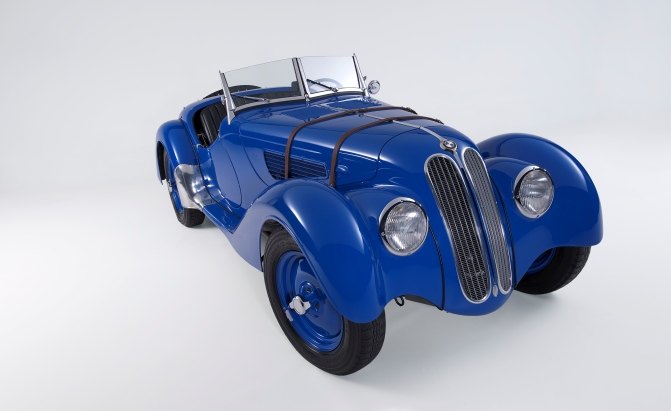























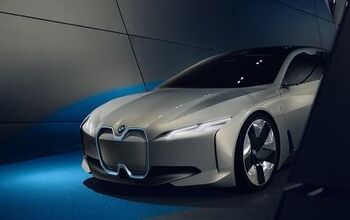
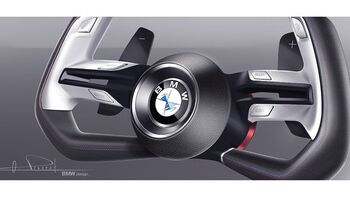




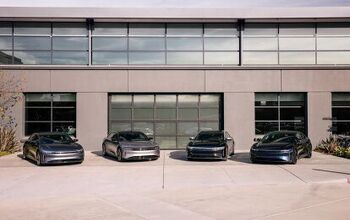
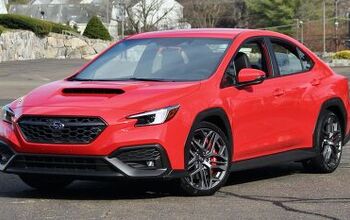
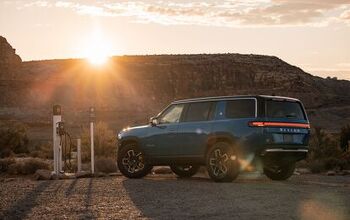

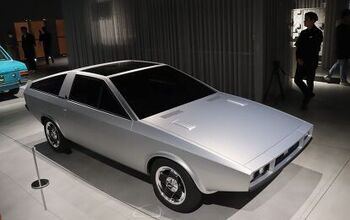

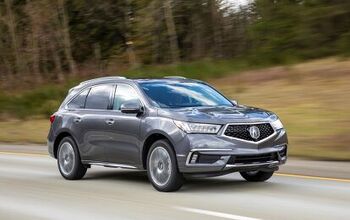
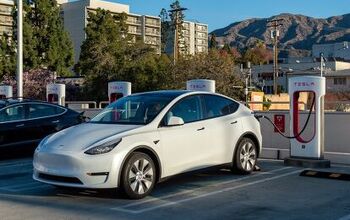
Comments
Join the conversation
No E46 - Im in utter disbelief...
what happened to E24 , the 635csi should definitely be on this list